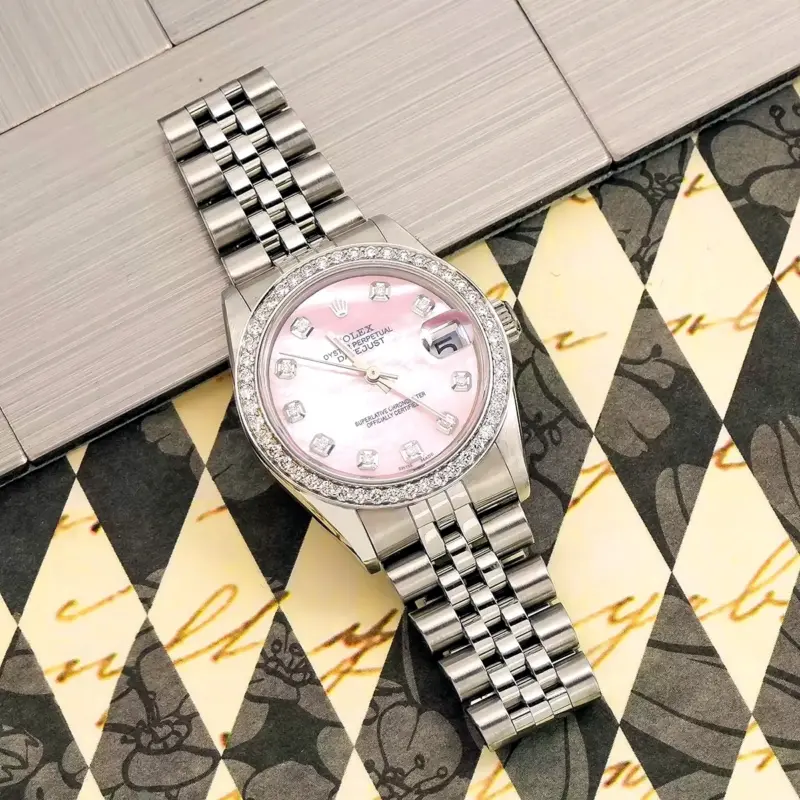vapes
A Decade of Transformation at Rolex
Jean-Frederic Dufour will have completed 10 years as CEO of Rolex, a tenure marked by transformative changes and remarkable growth. Despite his significant influence, Dufour remains a relatively enigmatic figure, often described as both charismatic and reserved. As a contributor to Jake’s Rolex World, I felt it important to highlight the leadership of this 56-year-old executive who, as Jean-Claude Biver once put it, “sits on the throne of watchmaking.”
Dufour’s leadership has marked a sharp departure from Rolex’s past, bringing both innovation and stability to the brand. Under his guidance, Rolex has not only solidified its dominance in watchmaking but also positioned itself as a global leader in luxury. Over the past decade, Dufour has reshaped the brand’s image and business model, leaving an indelible mark on the industry.
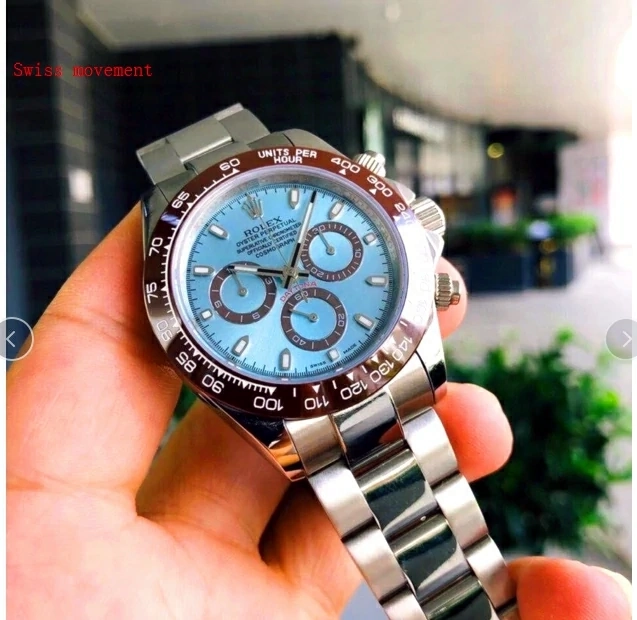
Though often referred to as “Jean-Fred” by friends and former colleagues, a nod to his previous role at Zenith, those within Rolex’s inner circle simply call him “JFD.” His appointment as CEO was confirmed in 2014, following a media leak, and he officially assumed the role on June 17, 2015.
A Humble Beginning in Finance and Watchmaking
Fewer know that Dufour’s career began not in watchmaking, but in finance. After training at a bank in Hong Kong, he realized that finance was not his calling. Returning to Geneva in the early 1990s, he sought a new path and soon found himself in the world of Swiss horology. A serendipitous encounter with Chopard’s owner led to a job offer, and Dufour began his career in watchmaking as a salesman.
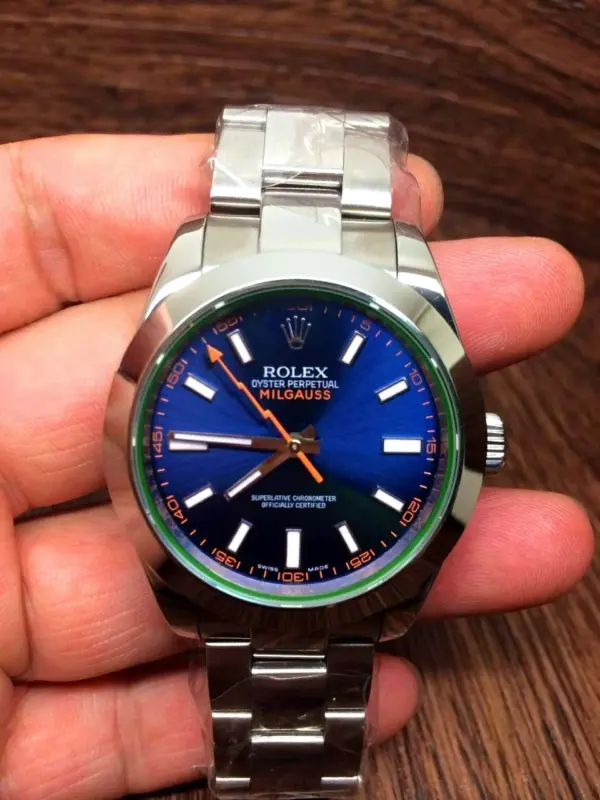
He spent over a decade with Chopard, honing his skills before moving to Swatch, Ulysse Nardin, and eventually Zenith in 2009. It was at Zenith that he earned the admiration of influential figures like Jean-Claude Biver, who praised Dufour’s “deep knowledge of the product” – a critical attribute for anyone leading a top-tier watch brand. At 47, Dufour took the reins of Rolex, a company already regarded as the epitome of Swiss watchmaking.
The Transition and Stabilization at Rolex
Rolex, renowned for its unwavering continuity, had seen rare leadership changes before Dufour’s arrival. From 1910 to 2009, the company had only seen three CEOs, but the abrupt departure of CEO Patrick Heiniger amid internal conflict left a leadership vacuum. Bruno Meier, the CFO, briefly assumed the role of CEO, but his background in finance, rather than horology, made his tenure difficult.

After a turbulent two years, Meier was replaced by Gian Riccardo Marini, a Rolex Italy veteran. However, Marini’s tenure also faced challenges due to his unconventional background as neither Swiss nor Protestant – a factor that carried weight in Geneva. When Marini stepped down in 2015, Dufour was seen as the ideal candidate. His deep connections within Geneva’s elite circles, his blend of refinement and discretion, and his extensive experience in the watch industry made him a natural fit for the role.
A Decade of Growth and Innovation
Under Dufour’s leadership, Rolex has seen extraordinary growth. The brand’s annual revenue has more than doubled, increasing from 4.9 billion francs to over 10 billion, thanks to strategic price increases that bolstered Rolex’s exclusivity while maintaining consumer demand. At the same time, production volumes surged from 800,000 to an estimated 1.2 million units, all while upholding the high quality for which replica Rolex is famous.
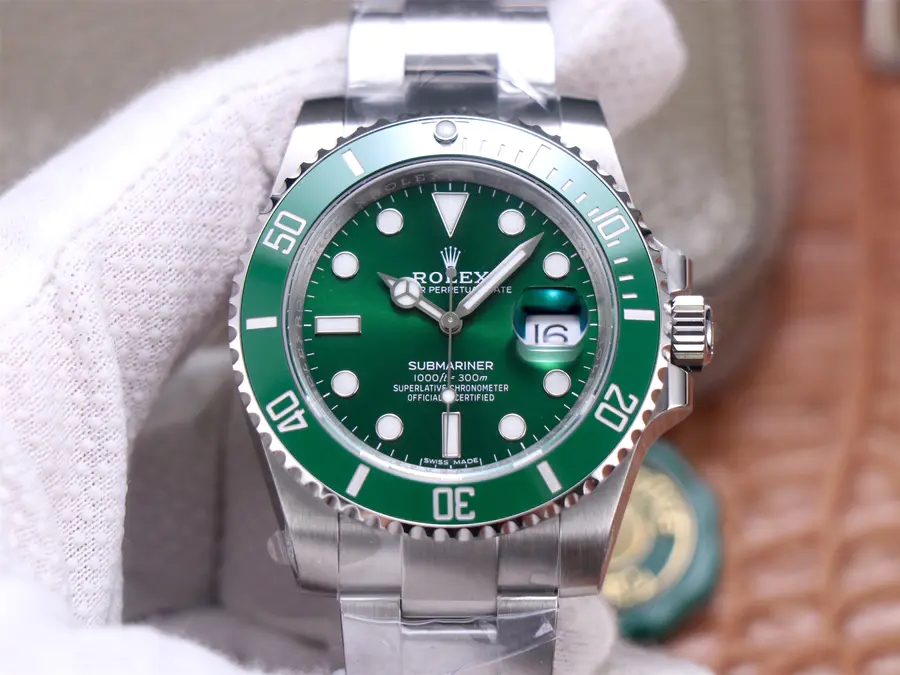
Dufour’s influence extended beyond Rolex itself. He revitalized Tudor, the brand’s secondary line, positioning it as a serious competitor to brands like Breitling and TAG Heuer. He also played a pivotal role in strengthening Geneva’s position in the global watch industry, becoming president of the foundation that manages Watches and Wonders, the world’s largest watch show. Through this role, Dufour sought to unite industry players, even extending an olive branch to the Swatch Group, despite their historical rivalry.
One of Dufour’s most notable moves was the acquisition of Bucherer in 2023, a long-awaited deal that came just before the death of the company’s chairman, Jörg Bucherer. This acquisition, along with Rolex’s first Certified Pre-Owned program, opened new avenues for growth and retail opportunities.
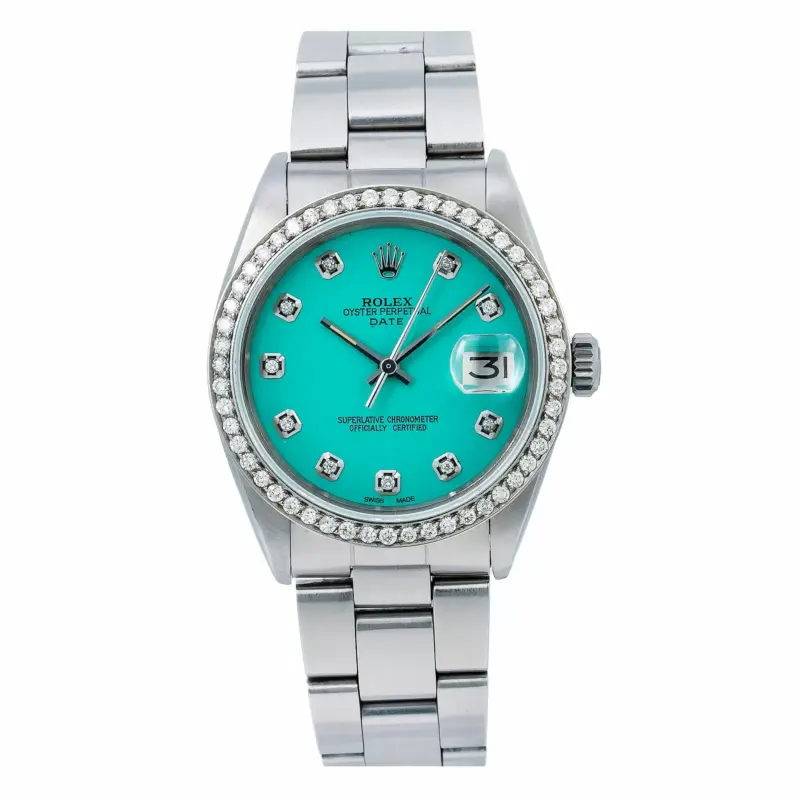
A Vision for the Future
Looking forward, Dufour’s vision continues to shape the future of Rolex. The brand has embarked on the construction of a new manufacturing facility in Bulle, far from Switzerland’s traditional watchmaking hubs. Additionally, Dufour’s collaboration with Chanel in the creation of a shared manufacturing facility for Tudor underscores his willingness to work with competitors for mutual benefit.
Product innovation has also flourished under his leadership. Dufour, a left-handed CEO who wears his watch on his right wrist, initiated the development of the GMT-Master II with a crown on the left side, a first for Rolex. The company has also ventured into new materials, such as titanium, and has introduced exhibition casebacks – a significant break from tradition. The Sea-Dweller now features a Cyclops lens, and the Explorer has adopted a two-tone design. The Cellini collection was replaced with the Perpetual 1908, and even the Day-Date was given a playful twist with emoji markers.
Rumors also swirl that Dufour might pursue the acquisition of Beyer Watches & Jewellery, the world’s oldest watch retailer, founded in 1760. Like Bucherer, Beyer faces a generational succession challenge, which could make the sale of the company an attractive proposition for Rolex. Furthermore, speculation continues regarding a potential future acquisition of Patek Philippe, once the Stern family passes on leadership.

In an era dominated by smartwatches, Jean-Frederic Dufour has elevated Rolex to an unassailable position. His leadership has transformed the brand, ensuring that it remains a symbol of enduring quality and exclusivity. As the watchmaking world evolves, Dufour’s ability to adapt, innovate, and maintain Rolex’s heritage guarantees that the Crown will continue to reign supreme for years to come.

